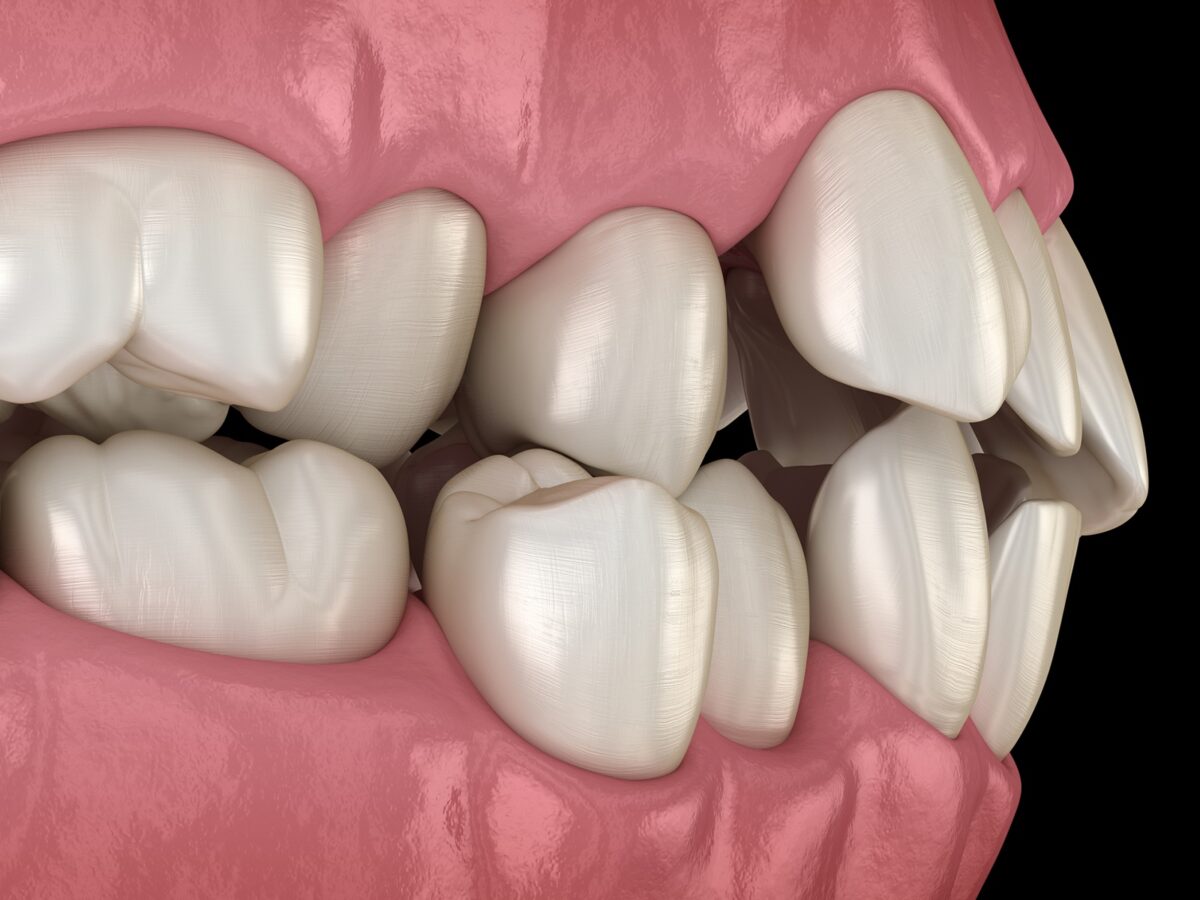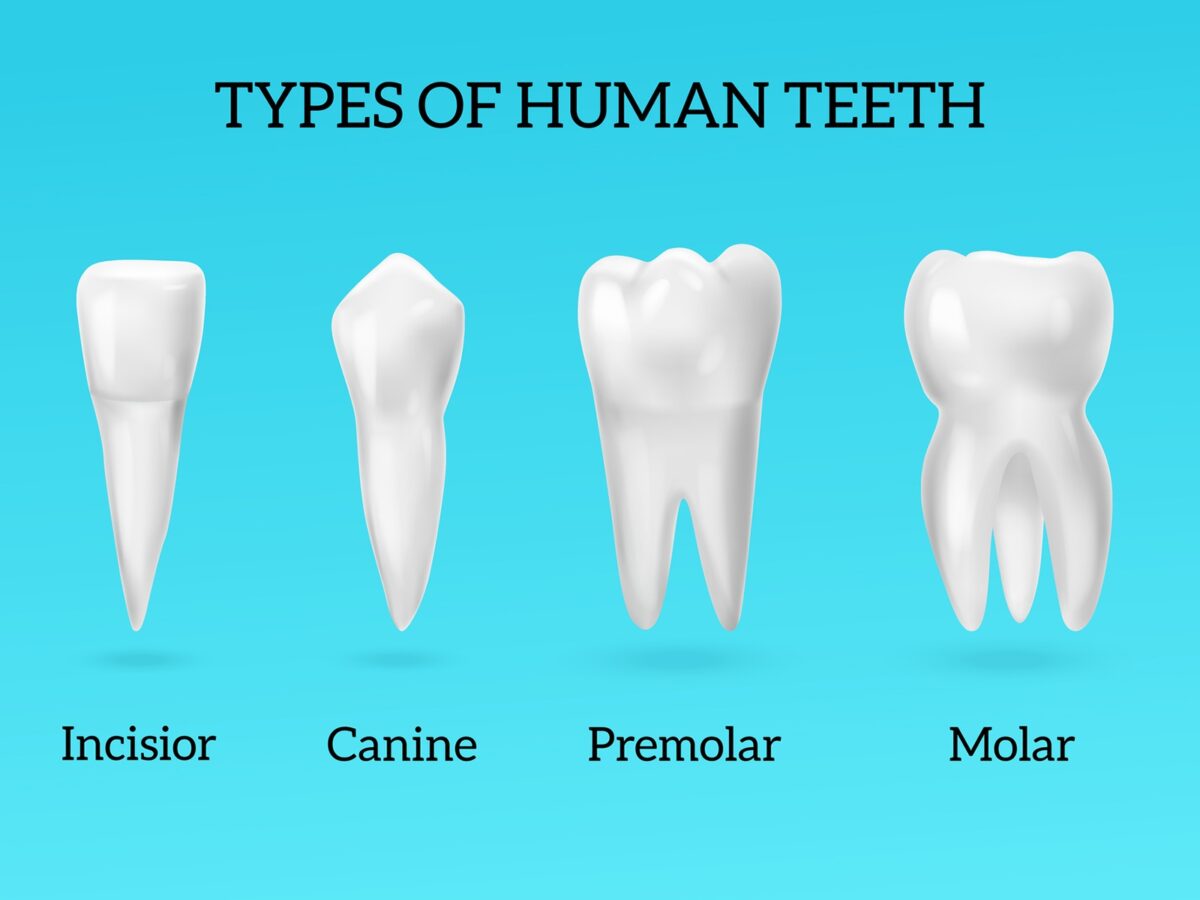Protruding teeth, also known as ‘buck teeth,’ is a common dental condition many people face. Buck teeth lower the confidence of many people and alleviate the overall quality of life. Although protruding teeth are associated with few health complications, many people desire to correct them because of their aesthetically displeasing characteristics. But, fortunately, various treatments are available to restore protruding teeth among adults. Let us look at the multiple causes of buck teeth.
Top 5 Causes of Protruding Teeth among Adults
There may be various causes for protruding teeth, and some of the most common ones are:
- Tongue-thrusting: Protruding teeth can be a consequence of the tongue pressing too far forward in the mouth, which results in malocclusion. If you are unaware, malocclusion is the imperfect positioning of the teeth and includes an overbite or open bite. It is noteworthy to highlight that tongue thrusting is caused by chronically swollen adenoids or tonsils, poor swallowing habits, stress, and unconventional sleeping habits. At times, when a child aggressively sucks their thumb during childhood, it can manifest as protruding teeth during adult life.
- Jaw Tumors and Cysts: Although very rare, cysts and malignant tumors inside the mouth can cause the teeth to move and result in protrusion or buck teeth.
- Periodontal Diseases: Several periodontal diseases can also cause protruding teeth as a result of bone loss and loss of stability. Gum or periodontal diseases can mobilize the teeth, cause them to drift apart, and start the protrusion of elongation.
- Missing Teeth, Extra Teeth, or Damaged Teeth: Another essential cause of buck teeth or protruding teeth is the spacing or crowding in the mouth. Missing teeth may also cause the remaining teeth to shift over time, causing protrusion. Lastly, extra teeth can result in misalignment issues.
- Genetics: Another common cause of protruding teeth is genetics. Some people are born with an uneven jaw or mismatched sizing of the upper or lower jaw, and so forth. Although genetics play a vital role in malocclusion, most of it does not become apparent till adulthood. The usual treatment of genetic protruding of teeth includes orthodontic treatment during childhood or adolescents. At times, surgery may also become necessary.
Now that we have talked about the various causes of protruding teeth to buck teeth among adults, let us examine a few common treatments available to correct the condition.
Treatments for Protruding Teeth
- Opting for braces is one of the standards and fruitful methods of dealing with protruding teeth. Nowadays, invisible braces are also available so that you can get your protruding teeth corrected without people even noticing.
- Aligners are also an excellent reversal treatment to adjust the placement of the teeth. Aligners also have an invisible look, and you can use them to deal with buck teeth effectively.
Therefore, the causes of protruding teeth or buck teeth are primarily genetic and natural; there are also a variety of treatments to deal with the condition.
Schedule your appointment with a dentist today and get the treatment on time!



